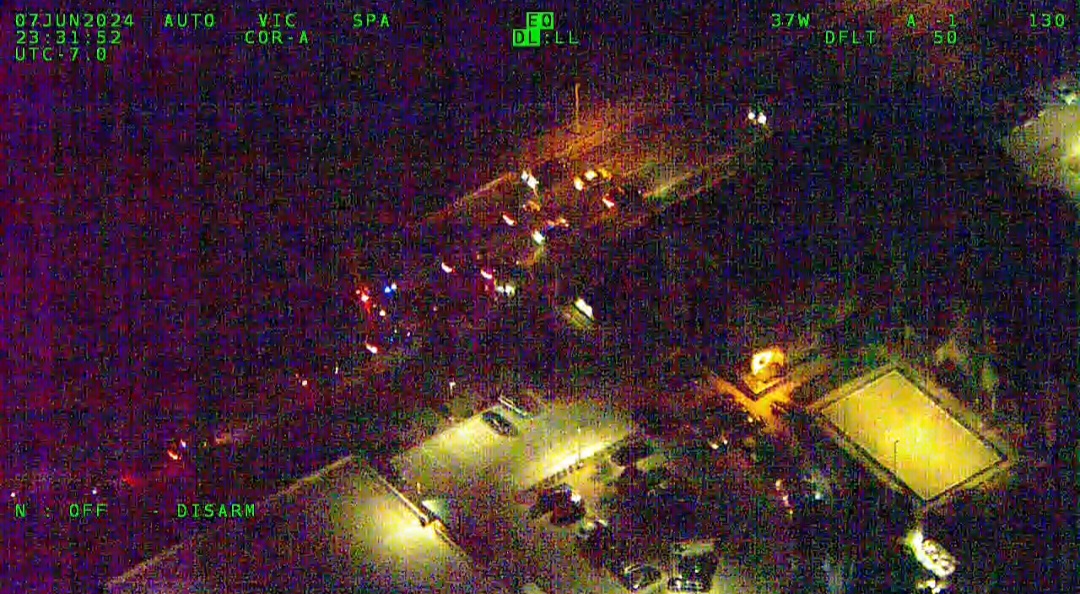Colorado State Patrol using Airborne Infrared Imaging Technology

Description: The Colorado State Patrol Released the Following Statement Regarding the Recent use of Airborne Infrared Imaging Technology in Colorado...

A Bird's Eye View
Colorado State Patrol Using Airborne Infrared Imaging Technology
(COLO) - Emergency operations require responders to move quickly and as safely as possible to resolve the situation, whether working in a populated area or a vast region with challenging terrain. Infrared imaging technology is one tool the Colorado State Patrol uses through its Aircraft Unit to gather information for law enforcement on the ground and to act quickly. It was recently used to locate an escaped homicide suspect from Fremont County Jail.
On June 7, 2024, the Colorado State Patrol Aircraft Unit responded to El Paso County to support ground troopers, local law enforcement, and U.S. Marshalls who were staged in the area of I-25 and Woodmen Road. They were looking for a 45-year-old male, Kegan VanVliet, who had escaped from Fremont County Jail after attempting to shoot his spouse.
The aircraft and two troopers, serving as the pilot and tactical flight officer, responded from Centennial Airport to the area following information provided by law enforcement personnel on the ground. Arriving in the dark, the flight crew used the onboard infrared imaging system to search the area. The escapee’s vehicle was discovered abandoned in a parking lot, and the escapee was likely on foot. After a thorough search, the CSP Aircraft Unit troopers were able to locate the escapee as he walked away from a location that had been tipped off by a discerning citizen. After successfully locating the suspect, the flight team tracked him while directing law enforcement on the ground to the location where the suspect was hiding. He was taken into custody without further incident.
Infrared imaging systems have become an increasingly popular tool for emergency responders, including law enforcement agencies. These cameras can see heat, which allows officers to see in complete darkness and other low-light conditions. Some of the ways this technology supports law enforcement include:
- Search and rescue: Thermal imaging systems can be used to search for missing persons or victims of natural disasters in areas that are dark or obscured by smoke or dust.
- Patrol: Officers on patrol can use thermal imaging systems to detect people or vehicles hidden from view by darkness or vegetation.
- Crime scene investigation: Thermal imaging systems can detect evidence at crime scenes, such as blood, shell casings, and ditched evidence like guns or other incriminating evidence that would not be visible to the naked eye.
All Parties are Considered Innocent Until Proven Guilty in a Court of Law...
Watch the Video:
Follow SECO News on Facebook.
Subscribe to the SECO News YouTube Channel.
The Police Beat Sponsor








.png)






.png)
.png)


.png)







